Bringing an exotic pet into your home opens up a world of unique companionship that differs significantly from traditional pets like cats and dogs. Whether you’ve adopted a bearded dragon, sugar glider, hedgehog, or even a more unusual species like a fennec fox, building trust is essential for both your safety and your pet’s wellbeing.
Exotic animals often have specialized needs and instinctual behaviors that can make trust-building more challenging, but also more rewarding. Unlike domesticated animals with thousands of years of human interaction behind them, exotic pets may retain wild instincts that require patience and understanding to overcome. This article explores seven proven methods to establish a foundation of trust with your exotic companion, helping you create a bond that enhances both your lives.
Understanding Your Exotic Pet’s Natural Behaviors
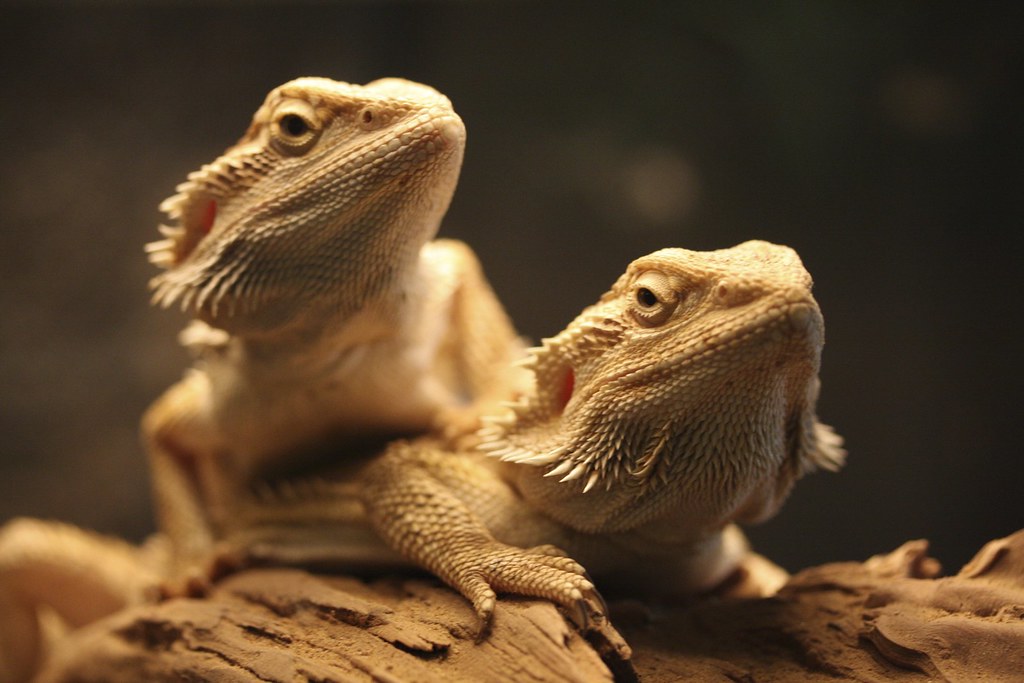
Before attempting to build trust, it’s crucial to thoroughly research and understand your specific pet’s natural behaviors in the wild. Knowledge about your pet’s natural habitat, social structures, communication methods, and defense mechanisms provides invaluable insight into how they perceive the world around them.
For instance, prey animals like rabbits or guinea pigs may be naturally skittish and interpret sudden movements as predatory threats. Similarly, reptiles like bearded dragons communicate through specific body language that, when misinterpreted, can lead to stress or fear responses.
By recognizing these innate behaviors, you can adjust your approach accordingly, avoiding actions that might trigger fear or defensive reactions. This foundational understanding creates the bedrock upon which all trust-building exercises will be constructed.
Creating a Stress-Free Environment

Exotic pets thrive in environments that mimic elements of their natural habitats while eliminating stressors that might make them feel threatened. Begin by ensuring their enclosure meets or exceeds the minimum size requirements for their species, providing ample space for movement and exploration.
Temperature, humidity, lighting, and substrate should all be optimized for your specific pet, as improper environmental conditions can cause physical discomfort that prevents trust from developing. Position their habitat in a moderately active area of your home—not too isolated but also not in high-traffic zones that might overwhelm them with constant stimulation.
Remove potential stressors like loud music, harsh lighting, or the presence of natural predators (even the family dog or cat watching from outside the enclosure can cause stress for some species). A comfortable exotic pet is much more likely to feel secure enough to begin building a relationship with you.
Establishing a Consistent Routine
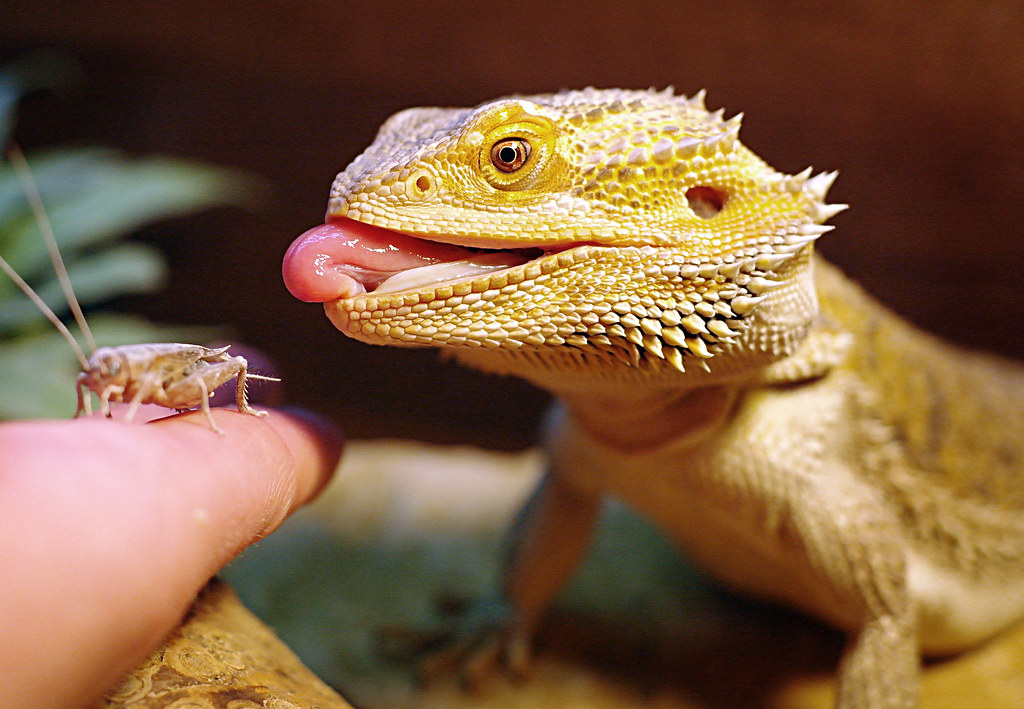
Exotic animals, like most creatures, find security in predictability and can become stressed by unexpected changes to their routine. Establish and maintain a consistent schedule for feeding, handling, cleaning, and interaction, as this helps your pet understand what to expect and when to expect it.
For example, always approach diurnal reptiles during their active daylight hours rather than disturbing their rest period, which could create negative associations with your presence. Feed at regular times each day, especially for species that are highly food-motivated, as this creates positive associations with your arrival.
Even maintenance tasks like cleaning should follow a pattern that your pet can anticipate. Many exotic pet owners find success by incorporating a gentle verbal cue or specific sound before interactions, further reinforcing the routine. Over time, this consistency creates a foundation of reliability that helps your exotic pet feel secure in your presence.
Using Food as a Trust-Building Tool
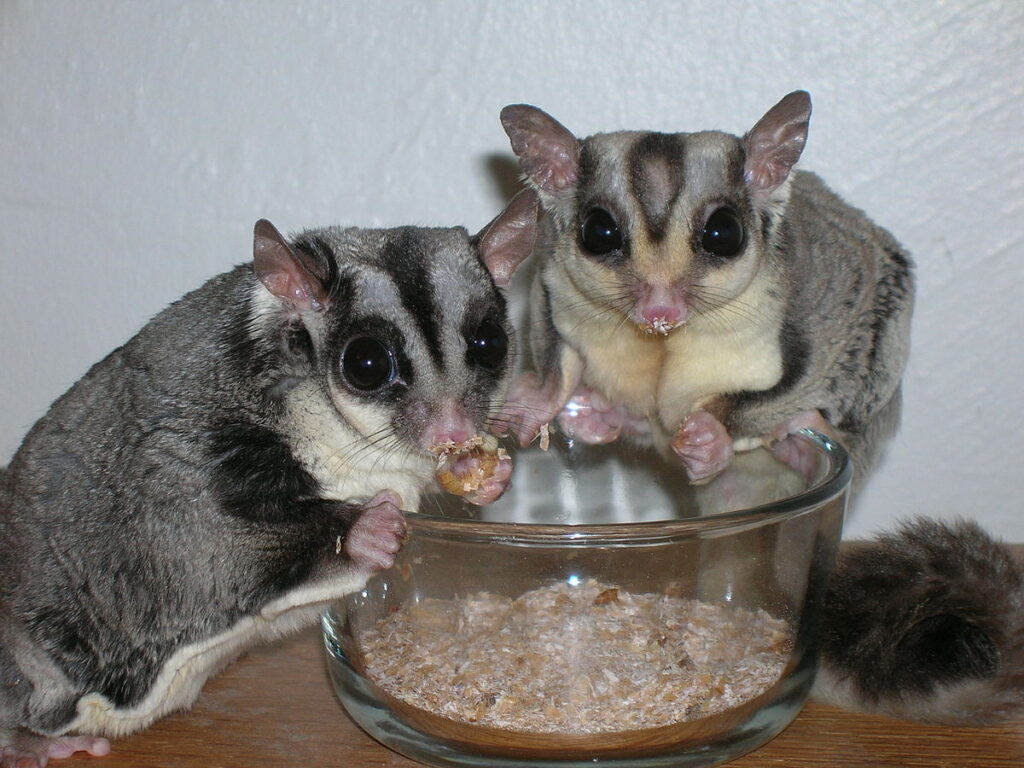
Food is one of the most powerful motivators for most animals and can be leveraged effectively to build positive associations with your presence. Begin by hand-feeding your exotic pet special treats appropriate for their species—perhaps a favorite insect for a bearded dragon, fresh fruit for a sugar glider, or a novel protein source for a ferret.
The key is patience: start by simply placing the food near them without forcing interaction, then gradually work toward offering it directly from your hand as they become more comfortable. For particularly skittish species, you might need to leave the room initially, then progress to staying nearby, and eventually to direct feeding.
Pay close attention to your pet’s body language throughout this process, never pushing beyond their comfort zone. This method not only creates positive associations but also teaches your pet that good things come from human interaction. Many exotic pet owners report breakthrough moments in trust-building during feeding sessions.
Respecting Boundaries and Personal Space
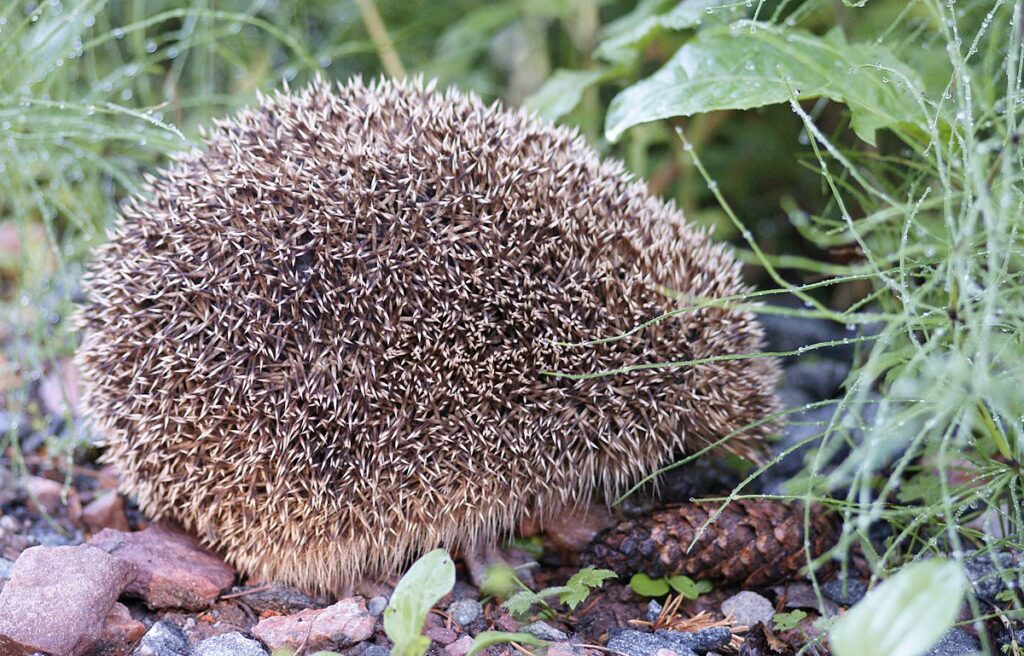
Building trust with exotic pets requires a deep respect for their personal boundaries, which often differ significantly from those of traditional pets. Unlike dogs that might enjoy immediate physical affection, many exotic species need a gradual introduction to human touch.
Begin by simply being present near their enclosure without making demands, allowing them to observe you without pressure. When you do begin physical interaction, start with brief sessions that end before your pet shows signs of stress or discomfort. Learn to recognize species-specific signs of discomfort—a hedgehog curling into a ball, a bird fluffing its feathers, or a reptile turning black-bearded are all indications that you should back off temporarily.
Never force handling or corner your pet, as this can create lasting negative associations. Remember that some exotic species may never enjoy certain types of handling but might show trust in other ways, such as approaching you voluntarily or taking food from your hand.
Employing Scent Familiarization Techniques
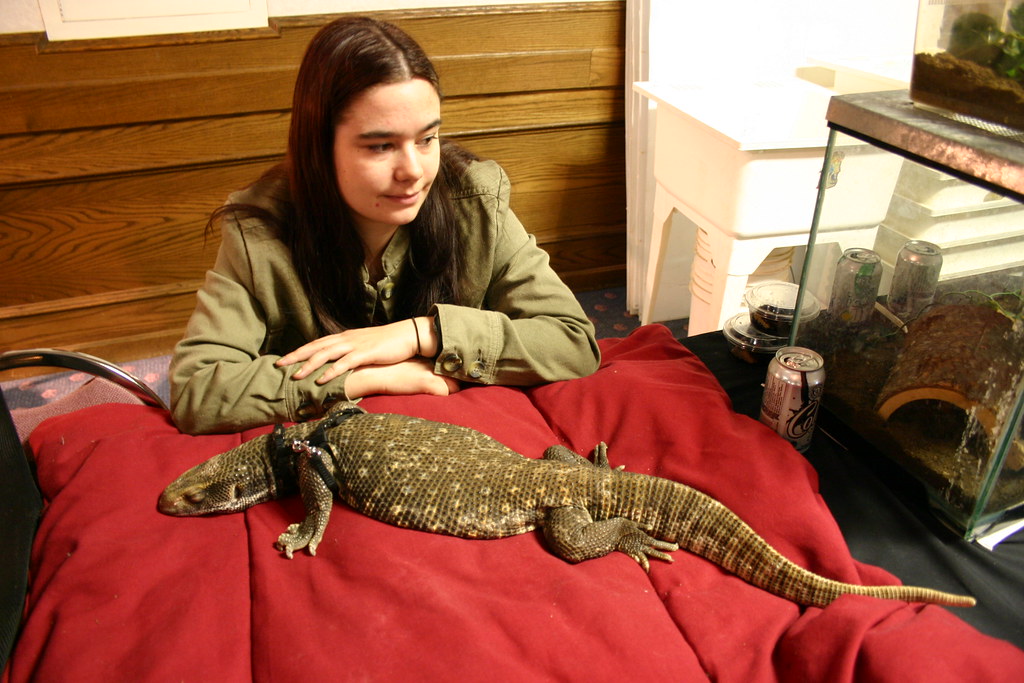
Many exotic pets rely heavily on their sense of smell to navigate their world and identify potential threats or allies. You can use this to your advantage by systematically introducing your scent in non-threatening ways. For small mammals like sugar gliders or hedgehogs, place a worn (but clean) t-shirt in their enclosure so they can investigate your scent at their leisure.
For reptiles, some owners gently rub their hands on the glass of the enclosure before actual handling begins, creating scent markers that become familiar over time. When handling becomes appropriate, avoid wearing strong perfumes or scented products that might mask your natural scent or cause respiratory irritation in sensitive species.
Some exotic pet specialists even recommend maintaining a consistent soap or lotion so your scent remains identifiable to your pet. This gradual scent familiarization helps your exotic pet recognize you as a consistent, non-threatening presence in their life.
Using Target Training and Positive Reinforcement
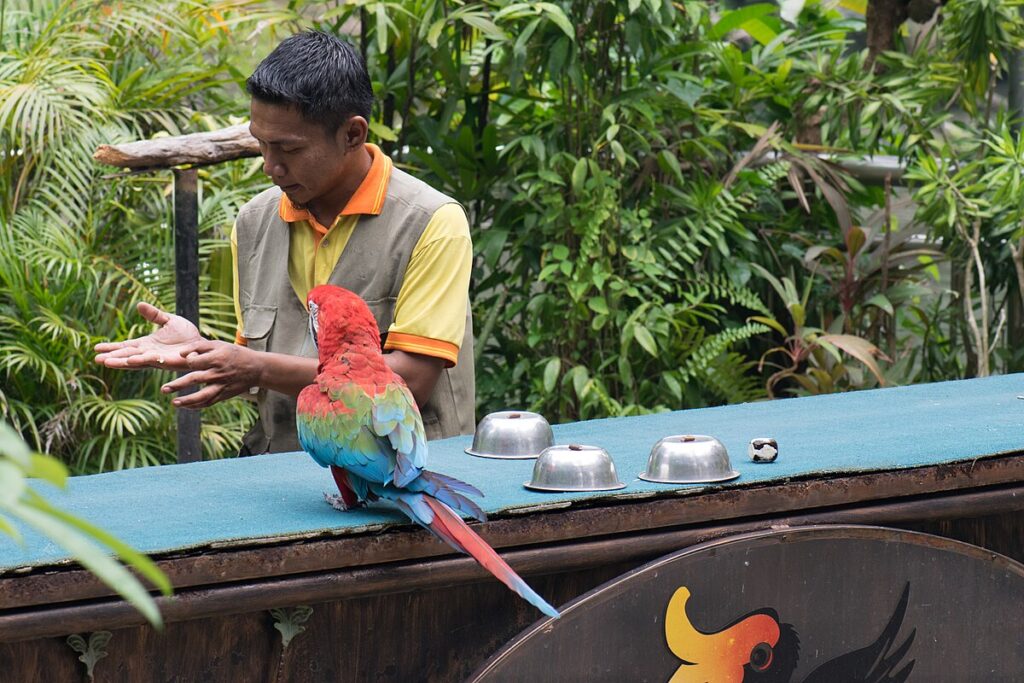
Though often associated with dogs, positive reinforcement training can be remarkably effective with many exotic species, from birds to reptiles to small mammals. Target training—teaching your pet to touch a specific object (like a small stick or ball) with their nose or mouth—provides a non-threatening way to direct their movements and build communication.
Begin with very simple behaviors that are natural for your pet, immediately rewarding any interaction with the target using species-appropriate treats. Never punish mistakes or non-compliance; instead, end sessions before frustration sets in and try again later. For highly intelligent species like parrots or ferrets, this training can eventually expand to include multiple commands or tricks.
The beauty of this approach is that it gives your exotic pet agency in the interaction—they choose to participate for rewards rather than being forced into handling. This voluntary participation forms the cornerstone of a trust-based relationship.
Recognizing Individual Personality Differences
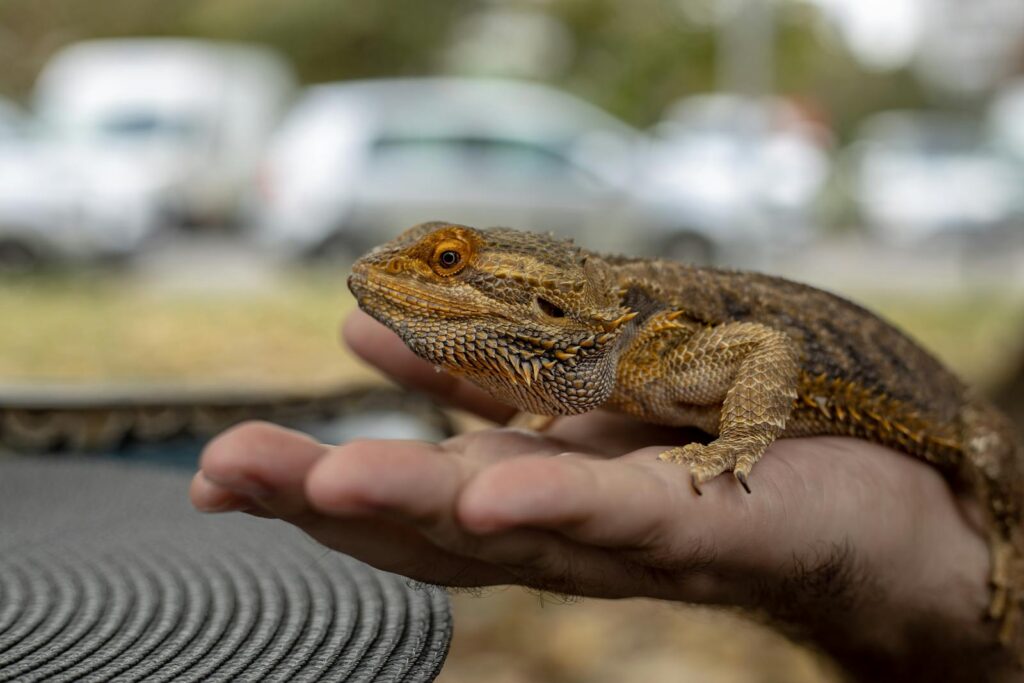
Just as with humans, individual exotic pets within the same species can have dramatically different personalities and comfort levels with human interaction. Some animals are naturally more curious and outgoing, while others remain shy despite your best efforts.
It’s essential to assess and respect your specific pet’s individual temperament rather than forcing them to match expectations based on species generalizations. For example, while many bearded dragons become quite handleable, some individuals may always prefer limited contact.
Age and background also play significant roles—animals acquired as babies generally adapt more readily to human interaction than those who came to you as adults, especially if they had negative experiences with humans previously. Regular observation of your pet’s responses to different trust-building techniques will help you customize your approach to their unique personality, leading to a more authentic and satisfying relationship for both of you.
Moving at Your Pet’s Pace
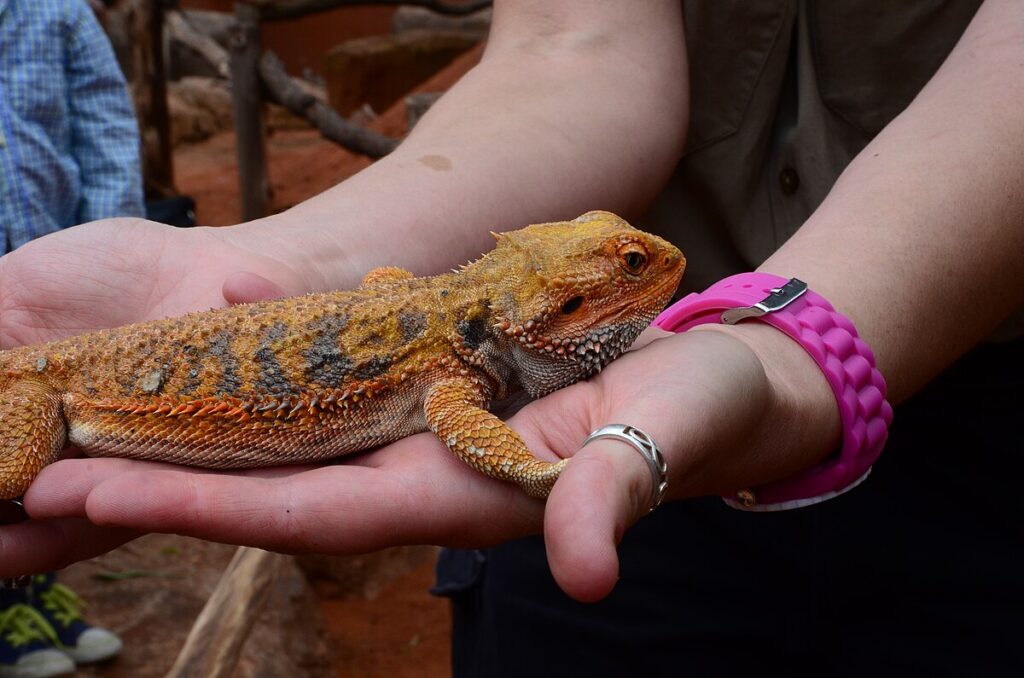
Perhaps the most crucial aspect of building trust with exotic pets is allowing the relationship to develop at their pace, not yours. While you might be eager to hold, play with, or show off your unique pet, rushing the process often results in setbacks that can take months to overcome.
Patience truly is a virtue when working with species that haven’t been selectively bred for human companionship over thousands of years. Set realistic expectations based on your specific species—a bearded dragon might warm up to handling within weeks, while a shy chinchilla could take months to voluntarily approach you.
Celebrate small victories, like your pet not hiding when you approach the enclosure or taking food from your hand for the first time. These seemingly minor milestones represent significant trust developments from your pet’s perspective. Remember that trust building isn’t linear; temporary regressions during stressful periods (like illness or environmental changes) are normal and don’t erase your progress.
Maintaining Consistency Across Household Members
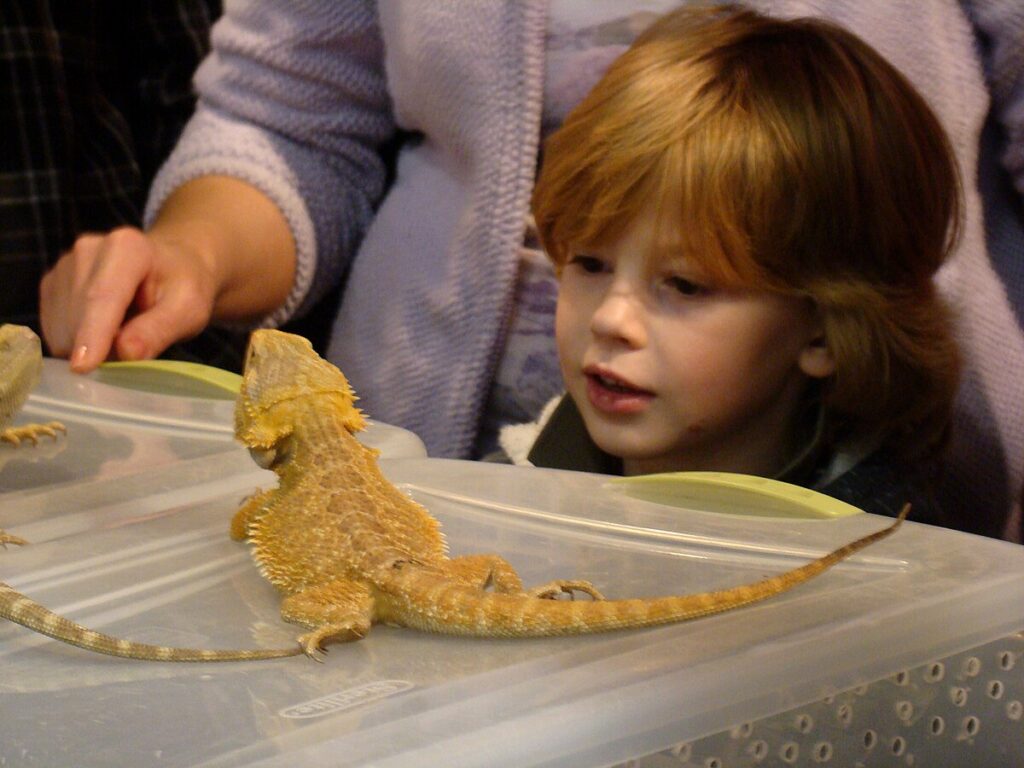
For exotic pets in multi-person households, consistent handling and interaction techniques across all family members are essential for building stable trust. Establish clear guidelines for how everyone should approach, speak to, and handle your exotic pet, ensuring that all household members understand species-specific needs and boundaries.
Consider designating one person as the primary caretaker initially, especially with particularly shy or sensitive species, allowing the pet to fully trust one human before expanding their comfort zone to include others. Children require special guidance and supervision, as their natural enthusiasm can sometimes translate into quick movements or loud noises that frighten exotic pets.
Create a system where family members can communicate about the pet’s recent behavior and responses, noting any signs of stress or increased comfort that might inform future interactions. This united approach prevents your exotic pet from receiving mixed signals that could undermine trust-building efforts.
Addressing Trust Setbacks Constructively
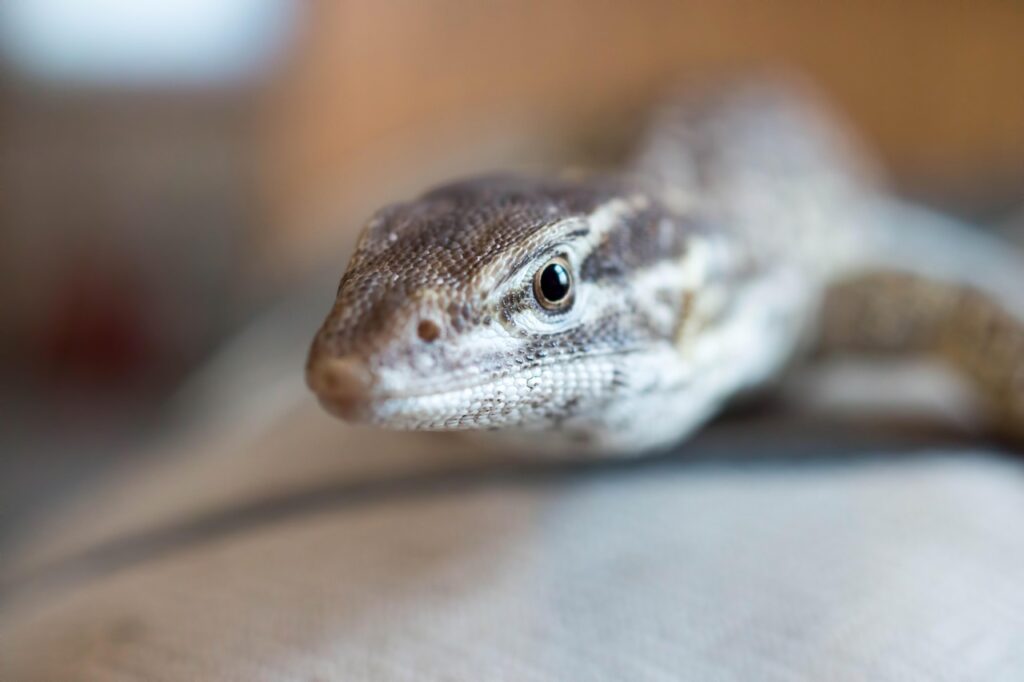
Even with careful attention to trust-building techniques, setbacks occasionally occur that may temporarily damage your relationship with your exotic pet. These might result from necessary but stressful experiences like veterinary visits, medication administration, or emergency handling situations.
Rather than becoming discouraged, view these challenges as opportunities to demonstrate your long-term reliability. After a stressful event, give your pet appropriate time and space to recover emotionally, temporarily scaling back handling or interaction to their comfort level. Reintroduce positive experiences gradually, perhaps focusing initially on food rewards or simple proximity without demands.
Avoid repeatedly putting your pet in situations that trigger fear responses, as this can create lasting negative associations with your presence. Many exotic pet owners find that trust can be rebuilt relatively quickly after minor setbacks if they respond with patience and understanding rather than frustration.
Recognizing Signs of Growing Trust
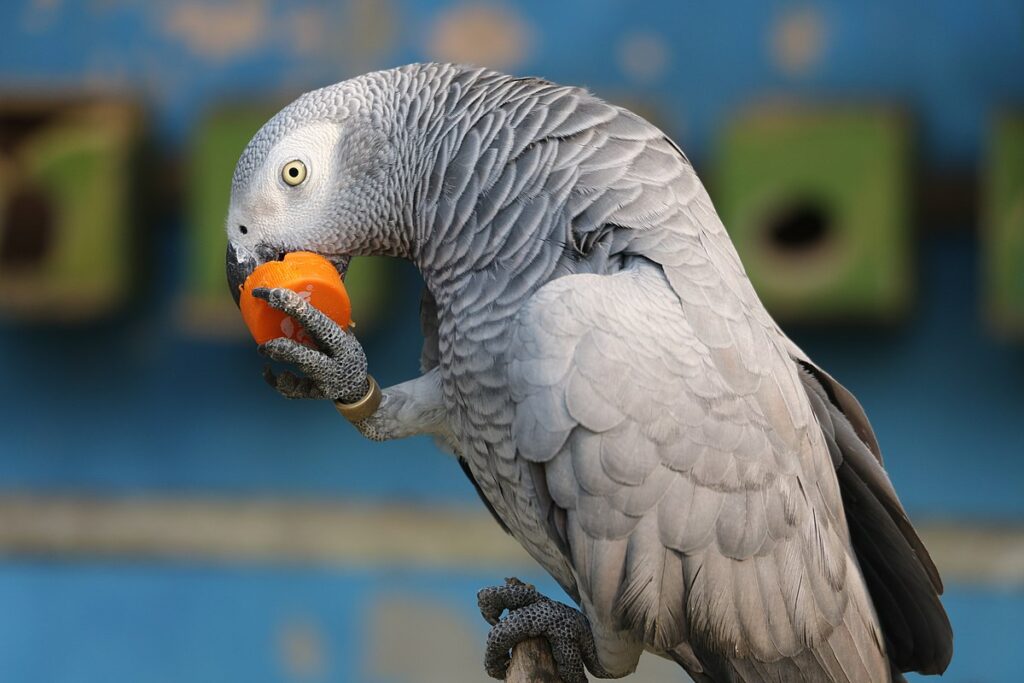
As your relationship with your exotic pet develops, you’ll begin to notice subtle but meaningful indicators that trust is building. These signs vary significantly between species but might include voluntary approach behaviors, relaxed body posture in your presence, willingness to eat while you’re nearby, or decreased startle responses to your movements.
Many exotic pets develop personalized greetings for trusted humans—sugar gliders might crab happily, bearded dragons might bob their heads, and birds might perform specific vocalizations. Some species demonstrate trust through sleep behaviors, such as dozing while being held or remaining in exposed positions rather than hiding when you enter the room.
These trust indicators often develop gradually over weeks or months, sometimes so subtly that you might not notice the progression without deliberately tracking changes in your pet’s behavior. Recognizing and appreciating these signs reinforces your commitment to the trust-building process.
When to Seek Professional Guidance
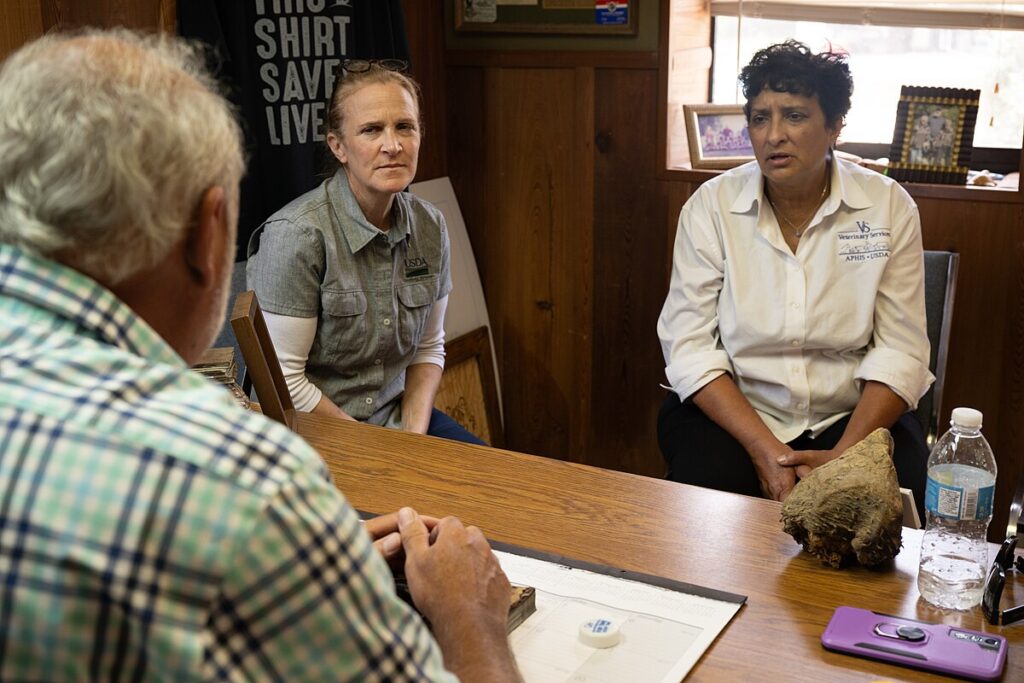
While patience and consistent application of trust-building techniques yield results with most exotic pets, certain situations warrant professional intervention. If your pet shows signs of extreme fear, aggression, or stress that don’t improve or worsen over time, consult an exotic animal behaviorist or veterinarian with species-specific expertise.
Health issues often manifest as behavioral changes, so persistent trust problems might indicate underlying medical conditions requiring treatment. Similarly, exotic pets with traumatic backgrounds sometimes need specialized rehabilitation approaches beyond typical trust-building methods.
Professional guidance is particularly important for more dangerous exotic species where trust issues could pose safety risks to handlers. Many exotic pet veterinarians can recommend reputable behaviorists or may offer behavioral consultations themselves. These professionals can provide customized strategies based on your specific pet’s species, history, and current behavioral patterns.
Building trust with an exotic pet requires dedication, patience, and a willingness to understand the world from your pet’s unique perspective. By respecting their natural behaviors, creating appropriate environments, and moving at their pace, you create the foundation for a relationship built on mutual respect rather than dominance.
Remember that the trust journey looks different for every exotic species and individual—success isn’t measured by achieving the same behaviors you might expect from a dog or cat, but by your pet’s comfort and willingness to engage with you on their terms. The reward for this patient approach is a relationship with a remarkable animal that few people ever experience, offering a window into the fascinating world of exotic species and the unique joy of earning trust from a creature that doesn’t give it easily.

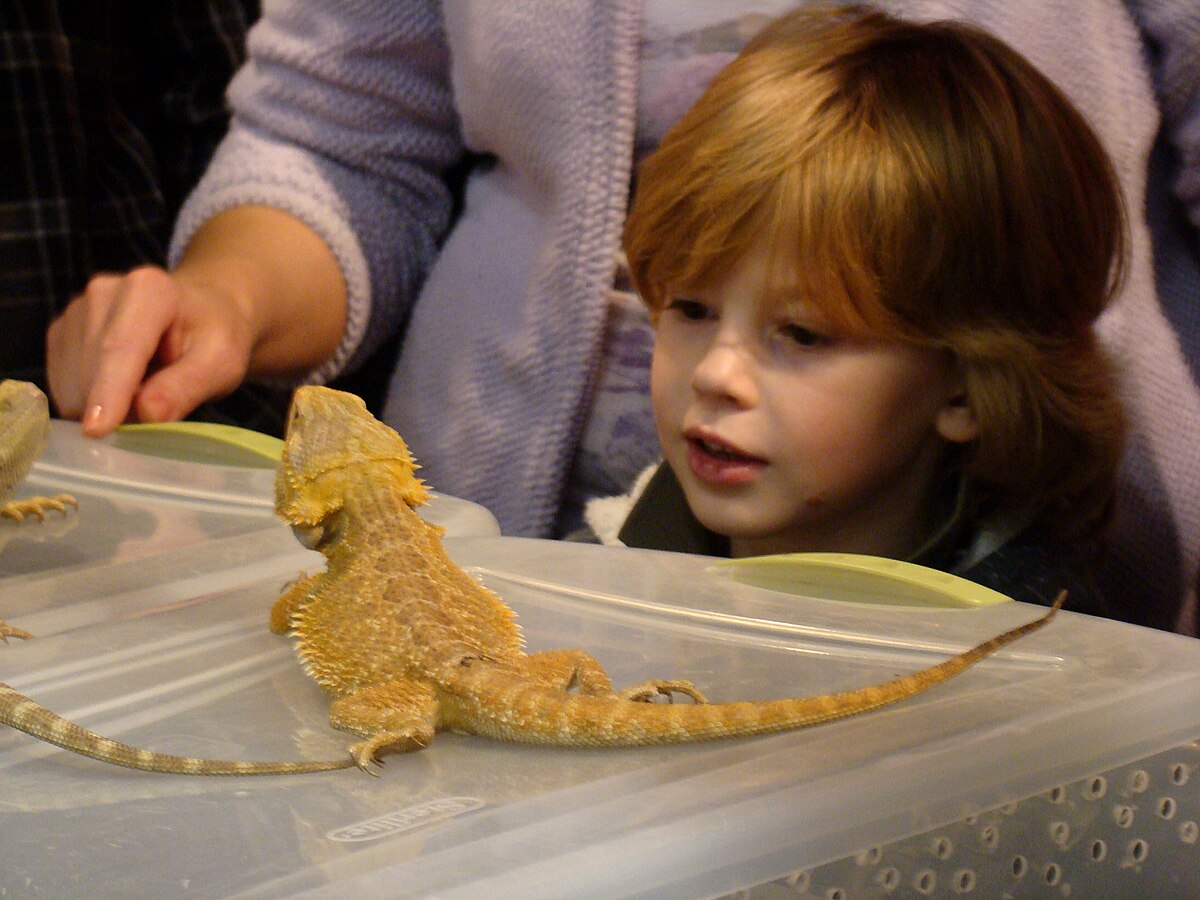


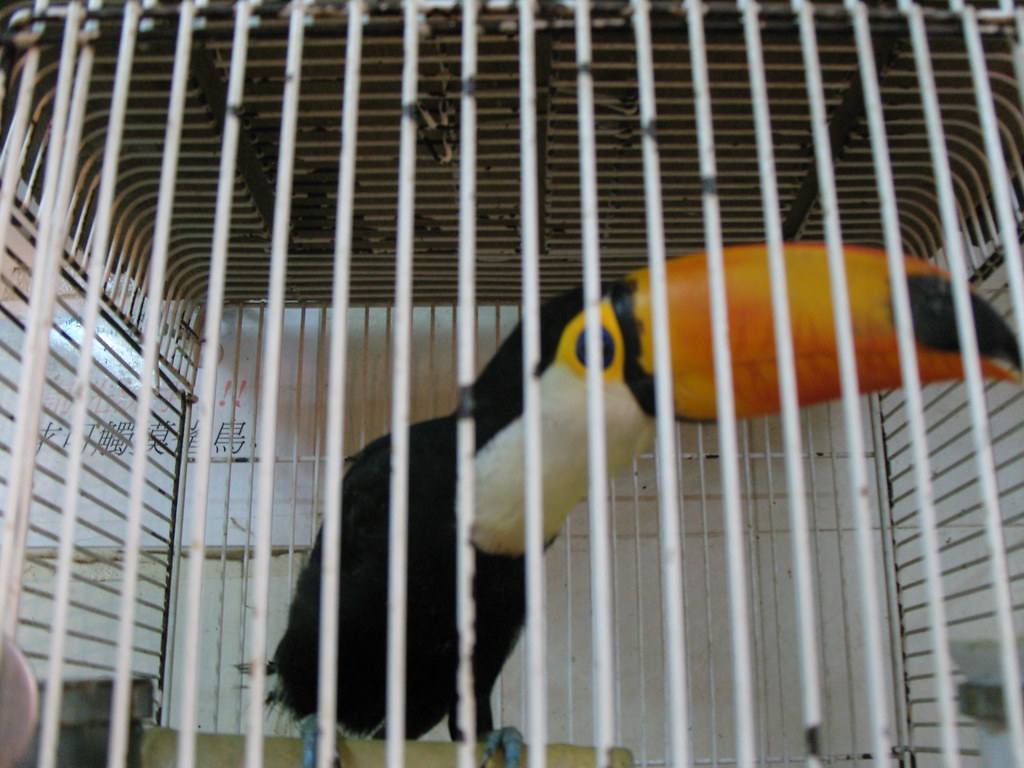
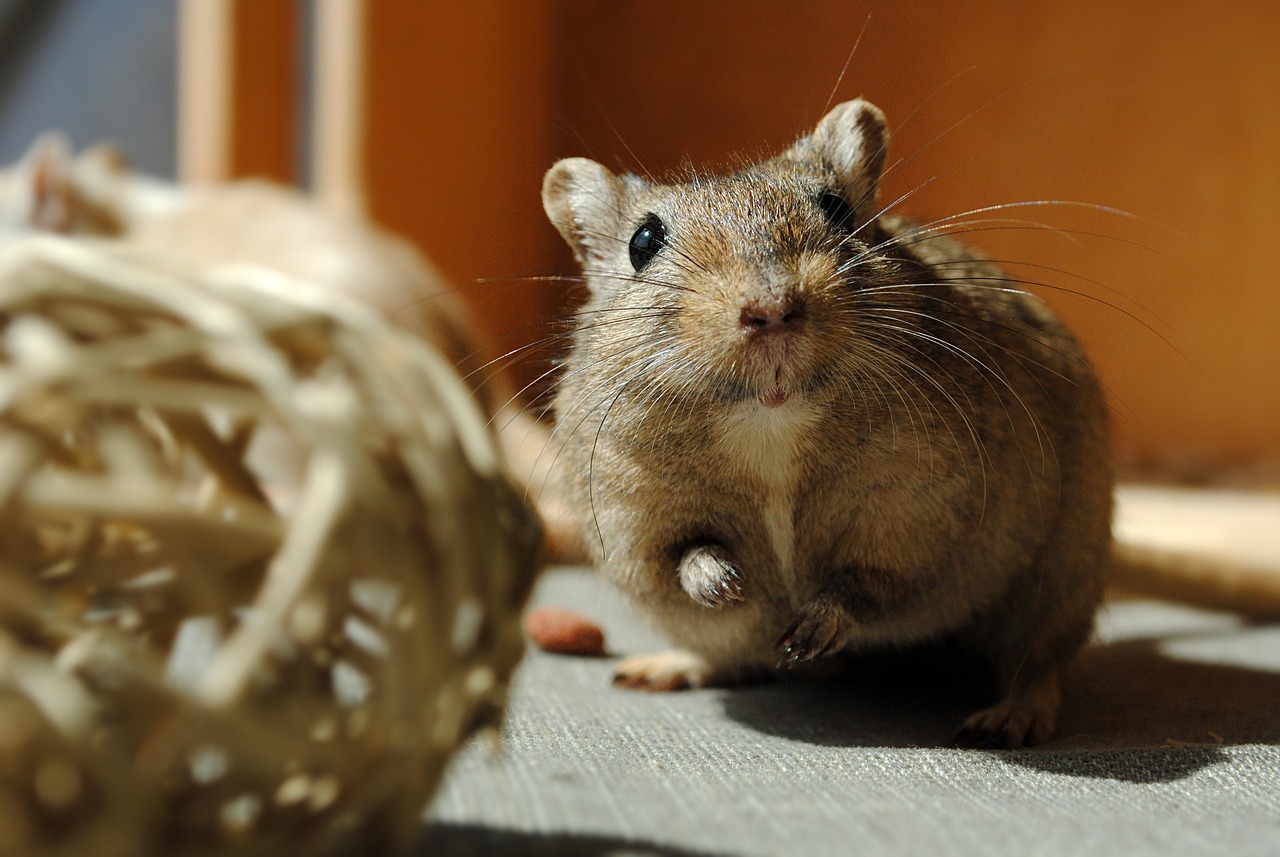
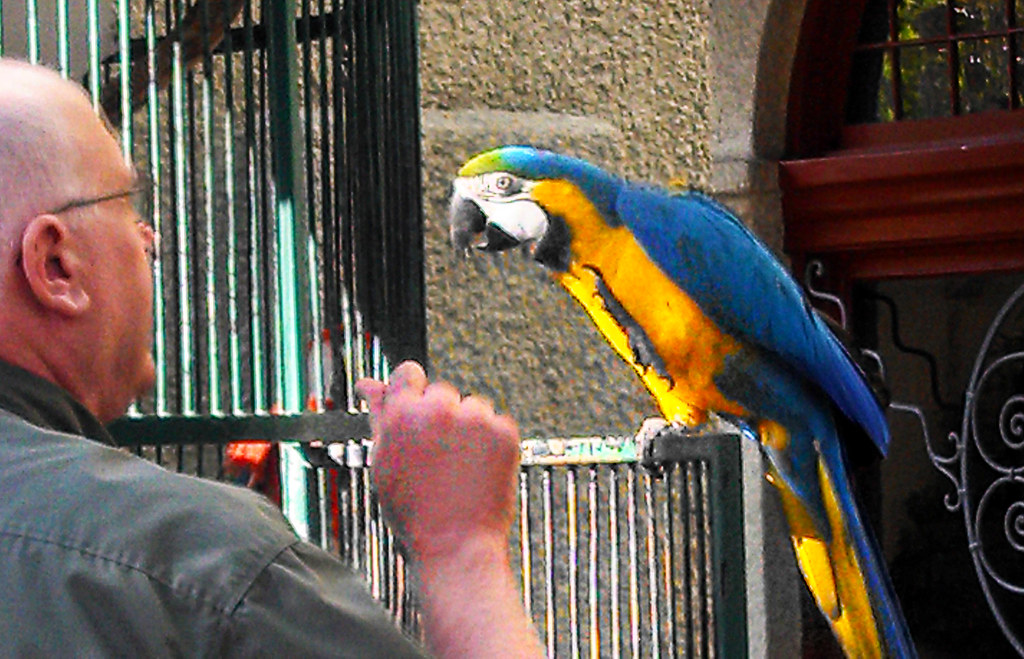
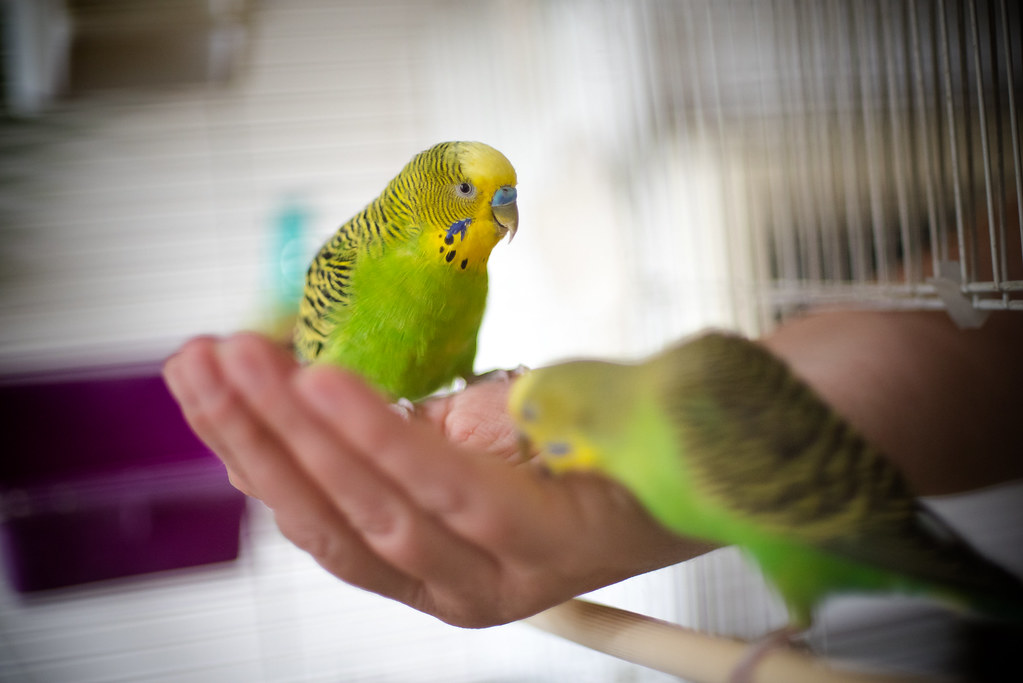
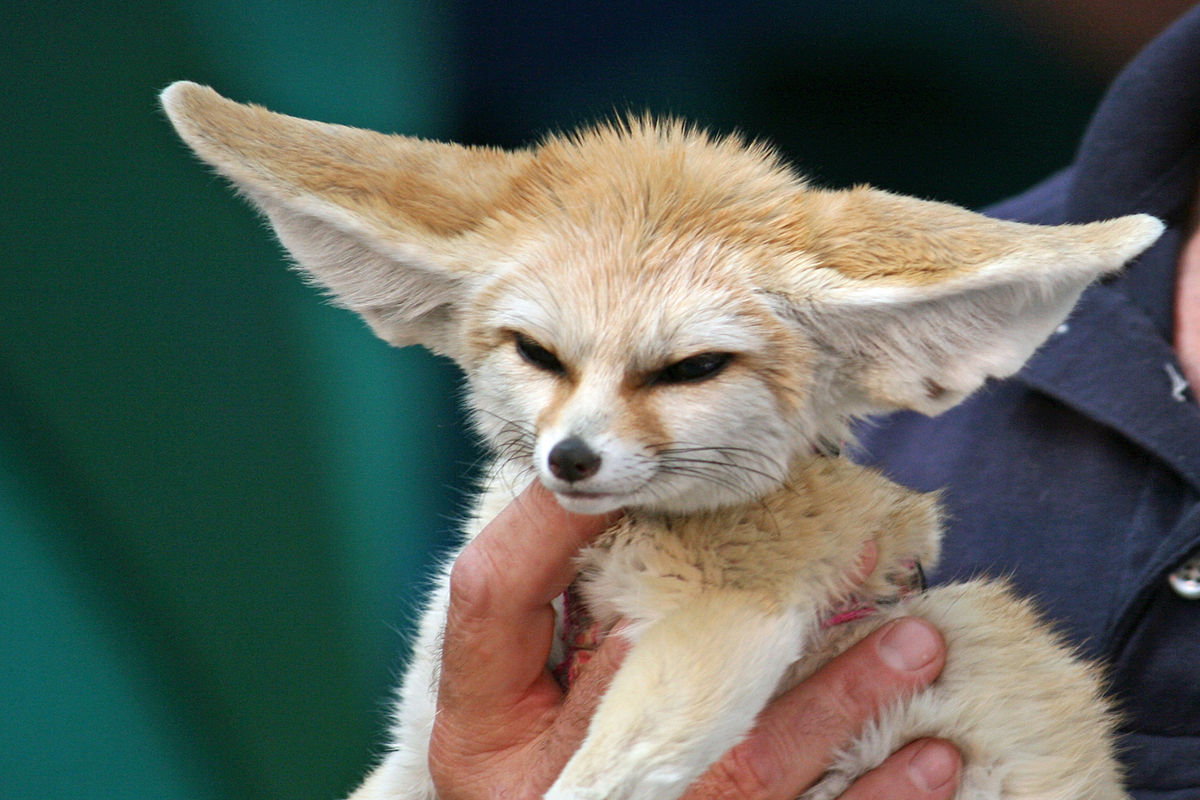
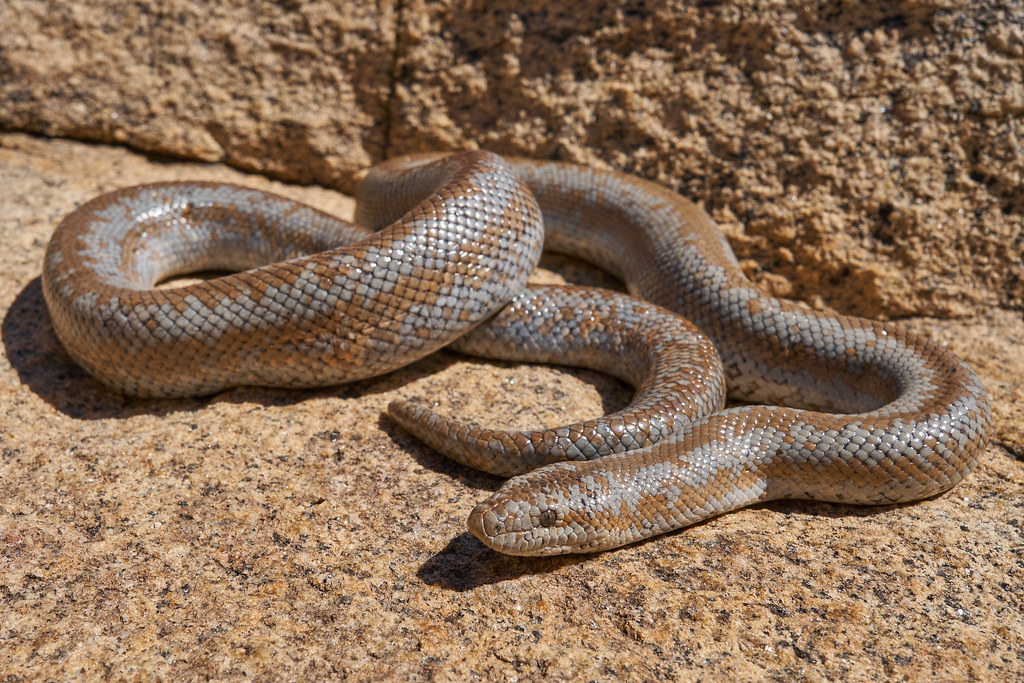
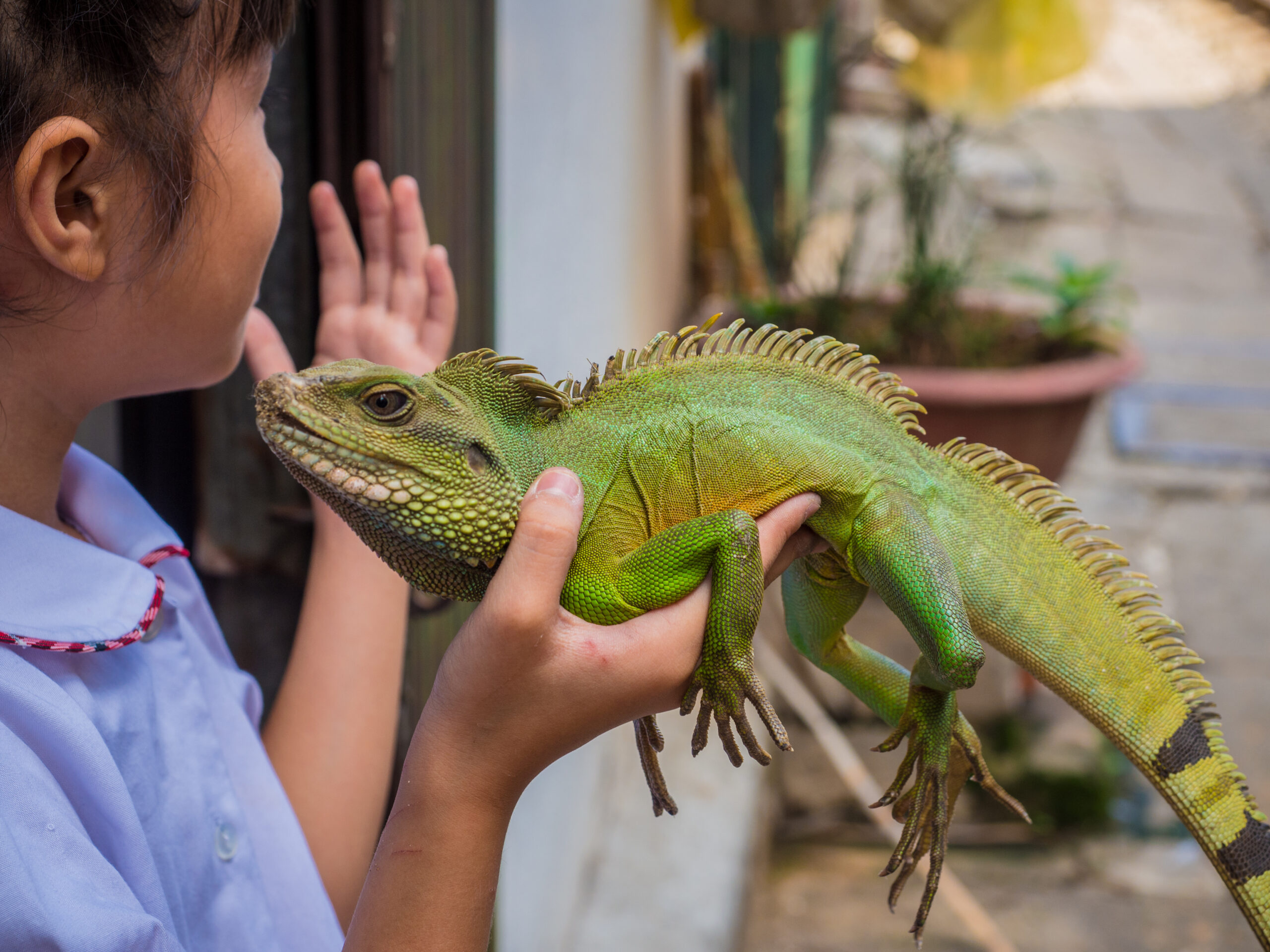
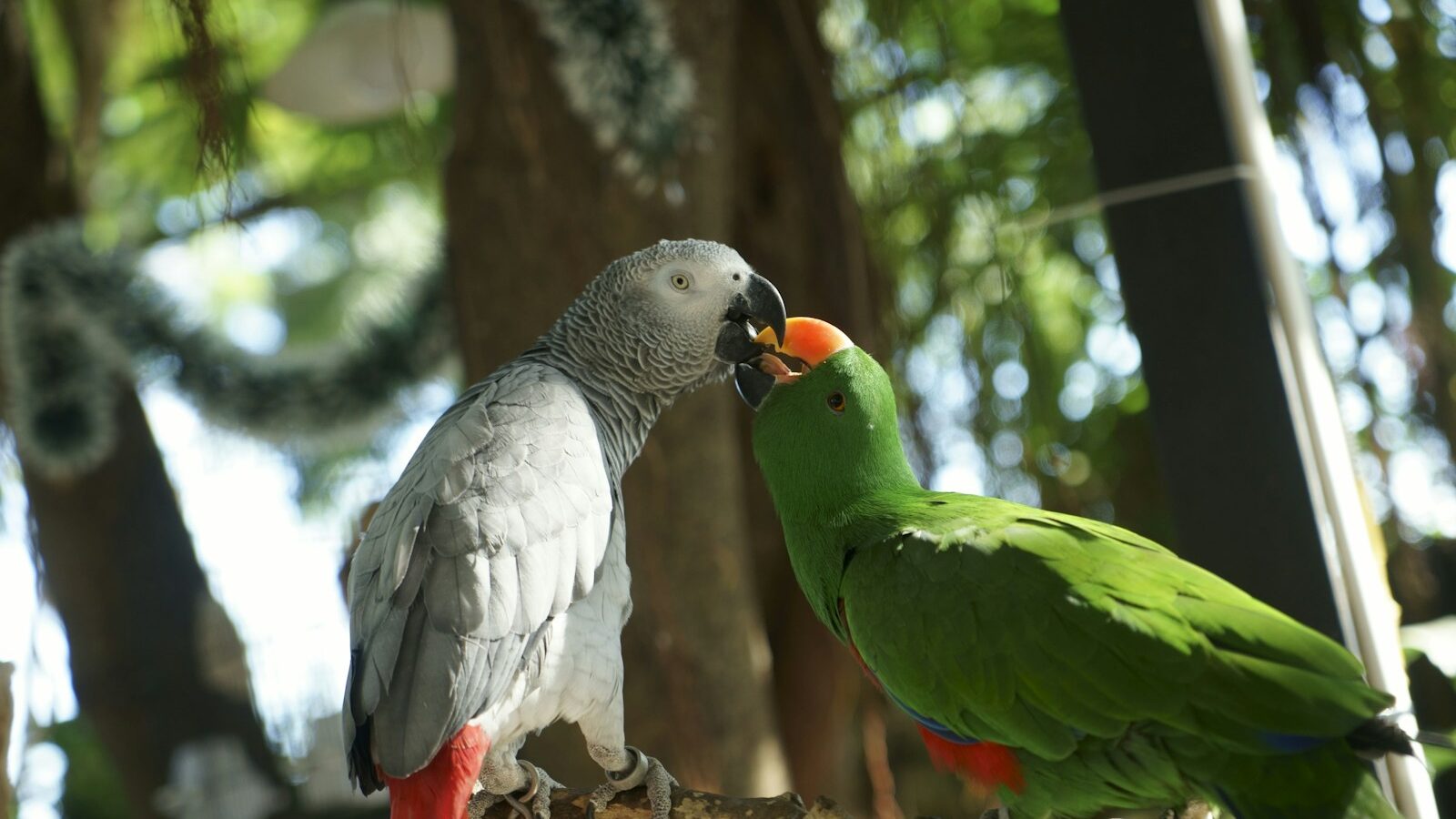



Leave a Reply